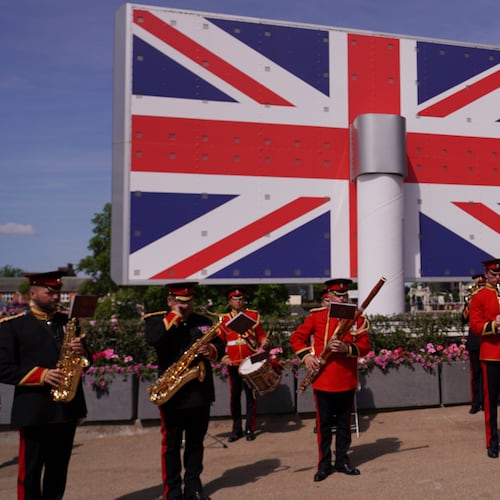Before social media began to peer into the portals of college life, much of what occurred on college campuses went unremarked.
And that was for the better in some instances – I would have been happier not knowing about "Millionaires and Mistresses" frat parties. Fascinated by any narrative that features young people, social media now parses every instance of alleged campus misbehavior, especially if it involves sports, sex or race. Social media critics often go after college kids with the sanctimony of the Salem witch trials.
That is what three resident dorm advisers at Binghamton University discovered when they named a recent diversity training session after a popular hashtag #StopWhitePeople2K16.
#StopWhitePeople is used to showcase bizarre news, such as the report about teens thinking their late grandfather's ashes were cocaine and snorting them.
But co-opting the tongue-in-cheek hashtag for the diversity session at the New York campus kicked up an internet dust storm today.
Among the responses:
The outrage pushed university officials to issue a long statement:
The optional program was developed by the students themselves, supported by a young professional staff person. Its purpose, as conceived, was to facilitate a discussion among the RAs that would improve their ability to handle conflicts among residents around issues of diversity.
Upon learning of the concerns expressed over the session's title by some off-campus groups and individuals, the University's student-affairs office reviewed the session and the program content more closely to obtain an accurate understanding. We verified that the actual program content was not "anti-white." The inclusion of the program in the educational session was not driven by any University administration initiative to advocate any specific viewpoint on diversity. About 40 to 50 RAs chose to attend the session, which ran concurrently with other sessions. Topically, the discussion in the program was far-ranging, student-driven and explored reverse racism, the relationship of communities of color with police, whiteness, crime and segregation in an open conversation format. Post-session feedback predominantly described the session as a respectful and productive conversation. Professional staff followed up directly with a few participants who had a mixed reaction to the program in support of those participants.
As the senior student affairs officer on campus, I'm supportive of the students' efforts to facilitate dialogue around a challenging set of topics. Every day the student staff (RAs), the young professional staff (RDs) and the students who all live together in the residence halls engage one another in conversations about myriad subjects including many that touch race and diversity. Mostly those conversations happen in rooms, hallways, lounges and small-group settings, in-person and online, without senior administration involvement or media attention.
We can't control those conversations and are not trying to do so. What we hope to do from an administrative level is cultivate an environment where our students listen to one another, learn from one another and do so in a manner that doesn't cause unnecessary harm. I have no indication that this particular program was inconsistent with the respectful environment we hope to support and sustain.
About the Author
Keep Reading
The Latest
Featured



